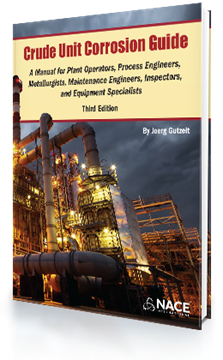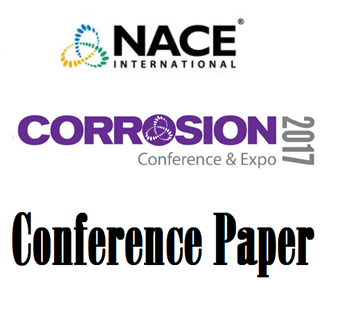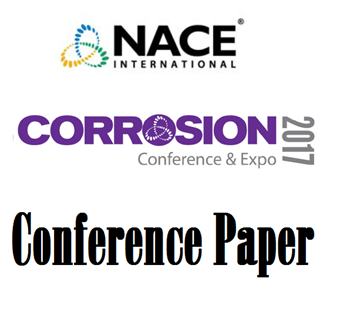Search
Products tagged with 'chloride'
View as
Sort by
Display
per page
Critical Review of International Standards on Soluble Salts Measurement Methods
Product Number:
51324-20851-SG
Publication Date:
2024
$40.00
Crude Unit Corrosion Guide - A Complete How-To Guide, 3rd edition (e-Book)
Product Number:
37612-E
ISBN:
978-1-57590-330-9
Publication Date:
2016
$127.00
Cyclic CUI Testing of Insulation Materials
Product Number:
51317--8877-SG
ISBN:
8877 2017 CP
Publication Date:
2017
$20.00
Decontamination Chemicals For Offshore Maintenance Coating
Product Number:
51321-16651-SG
Publication Date:
2021
$20.00
Development of Eco-friendly Chromium Electrodeposit for Corrosion Resistance in Chloride-containing Environment
Product Number:
51323-19027-SG
Publication Date:
2023
$20.00
Effect of Chloride on the SCC Behavior of Carbon Steel Welds Exposed to Concrete Pore Water under Anoxic Conditions
Product Number:
51323-19029-SG
Publication Date:
2023
$20.00
Effect of Thiosulfate on the Pitting Corrosion of Nickel Base Alloys in Chloride Solutions
Product Number:
51317--9036-SG
ISBN:
9036 2017 CP
Publication Date:
2017
$20.00
Effects of Chloride Contamination on Coatings Performance
Product Number:
41212-686-SG
Publication Date:
2012
$20.00
Evaluation of Susceptibility of 316L to Stress Corrosion Cracking in Aqueous Ammonium Chloride Environments with Low Dissolved Oxygen
Product Number:
51324-20875-SG
Publication Date:
2024
$40.00
Evaluation of Test Methods for Characterizing Steel Corrosion Potential in MSE Wall Fill
Product Number:
51321-16486-SG
Publication Date:
2021
$20.00
Forensic Evaluation of Long-Term Galvanic Cathodic Protection of Bridge Pilings in a Marine Environment
Product Number:
51320-14485-SG
Publication Date:
2020
$20.00
Improved Localized Corrosion Models For Stainless Steels In Aqueous Chloride Environments With Low Levels Of Dissolved Oxygen
Product Number:
51322-17955-SG
Publication Date:
2022
$20.00












